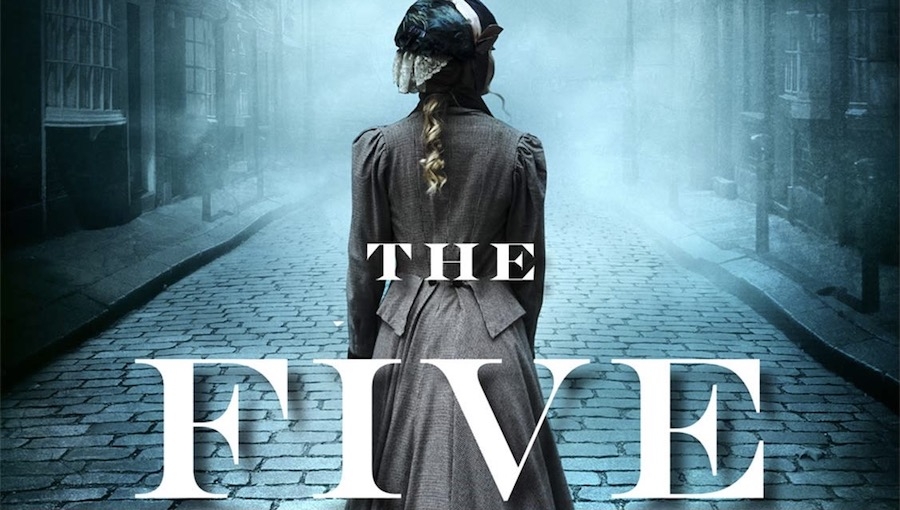I bet you’ve heard the name of Jack the Ripper, right? But have you ever heard the names of his victims: Polly, Annie, Elisabeth, Catherine, and Mary Jane? I’m sure most would answer no, myself included, until I read The Five: The Untold Lives of the Women Killed by Jack the Ripper. As with many crimes against women, the male perpetrator grabs the headlines while the women are lost to obscurity. Ms. Hallie Rubenhold aims to do something about that in this well-researched book.
Diving into the remains of medical, police, and hospital reports, newspapers, workhouse registers, as well as parish records of the time, Ms. Rubenhold was able to produce an intriguing book that explores the cultural and societal bias against the poor and working-class woman of Victorian England. She not only exposes the prejudice against middle-aged poor women, but the common misconception that all of the Ripper’s victims were working prostitutes at their death. That simply wasn’t true.
Most of the women had a decent education for the time, except for Elisabeth from Sweden who was a farmer’s daughter. All of them married and had children, except for, once again, Elisabeth who remained childless in her marriage. What all of them had in common was how their lives eventually unraveled and they became alcoholics and destitute, living literally from hand-to-mouth on the streets of Whitechapel. England was not kind to the poor and to women especially, due to the vagrancy laws and the general opinion that any woman who couldn’t afford to pay for a night in a doss house and didn’t enter a workhouse must therefore be a prostitute. The prejudice was so extreme that even during the coroner’s inquest into Polly’s death, the hearing was conducted to determine whether “her behavior warranted her fate.” Like anyone deserves to be murdered, then eviscerated just for sleeping on the street.
Now, I’m not saying that none of the women worked as prostitutes. Elisabeth did while living in Sweden, and possibly one or more of the other women during some part of their life, but you have to understand that all of these women had to align themselves with another man just to survive after they left their husbands or vice versa. Most did not remarry, but the laws and society at the time viewed women who lived with a man who was not her husband in the same light as one who walked the streets.
What interested me the most about this book was learning about the women’s families, where they came from, how their families tried to help when and if they could, as well as the social services for the time. (Government social services were pretty much non-existent, but private charities and donors tried their best in a daunting situation.)
This is a fascinating and worthwhile read, particularly if you are interested in how the other half lived during the highly romanticized Victorian era.
Creative Team: Hallie Rubenhold (writer)
Publisher: Mariner Books
Click here to purchase.

